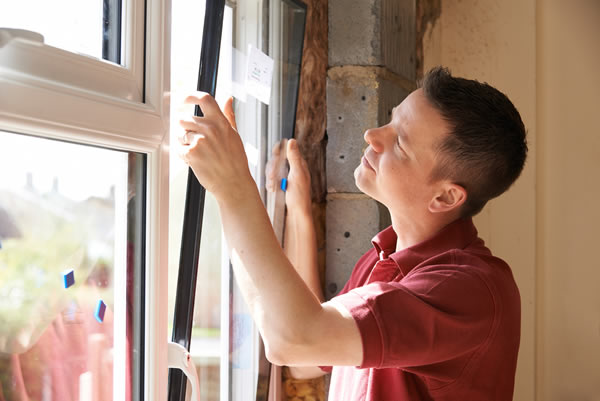Low maintenance, high reward — it’s what uPVC windows are known for. They last for decades, with relatively little upkeep. But that doesn’t mean you can’t extend their lifespan, or cut it shorter than intended with preventable damage.
Brush up on these all important maintenance tips and the environmental factors to consider, and you’ll stand in good stead to keep yours in top condition for many years to come.
How many years do uPVC windows last?
On average, uPVC windows should last around 20 years, but the full range would be anywhere from 10 to 40.
As standard, most come with a 10-year guarantee, which is the minimum expected lifespan. After that, the insulation may worsen but they should still maintain high performance for much longer.
What environmental factors can impact your window’s lifespan?
uPVC windows are designed to strongly resist sunlight, weather erosion and chemicals, but they will last better in areas with less exposure.
If they’re installed in a shaded area, this added protection from UV will make a slight difference. And windows in areas with hostile weather tend to have shorter lives than those in more moderate climates.
How to look after your uPVC windows
Looking after uPVC windows is very simple. Compared to the intensive scrubbing and varnishing timber windows demand, all that’s needed is a little cleaning and oiling.
Cleaning
The regularity of cleaning will depend on the amount of grime and weathering the area is prone to. You’ll get a good idea just by seeing how often marks build up. This usually happens faster in towns, cities and coastal areas, with windows often benefitting from a scrub every couple of months. Out in the countryside, however, it’s probably only needed twice a year.
The best way to clean your window frames is with a soft, non-abrasive cloth and warm, soapy water. Any harsh chemicals and materials may do more harm than good, and won’t be needed, as just the soap and water will get them sparkling in no time.
Oiling
About once a year, a little oil will go a long way in keeping wear and tear at bay. 3 in one or another light machine oil will do the job nicely.
They often come in a spray can for added convenience — then just grab a cloth to ensure the oil’s going in the right place. You’ll want to apply it to moving parts like hinges, where it’ll act as a lubricant to prevent any stiffness in the long run.
How to tell uPVC windows need replacing
However uPVC windows are cared for, they’ll need repairing or replacing eventually.
Tell tale signs can include:
- Fading colours
- Cracks at the joints
- Peeling
- Warping of the window frame
In the case of serious damage, a lot of these symptoms will eventually call for a full window replacement. In other instances, you may be able to rectify the problem and repair your window.
Mechanical damage, for instance, is more recoverable. As an example, you can replace your uPVC window’s hinges easily — this is something you may need to look into every 5-8 years or so.
Cracked, chipped or broken glass will also need attention, as will draughty frames. However, a lot of the time this just requires glass replacement into the same uPVC frames.
High-quality uPVC windows
With proper care and maintenance, your uPVC windows will stand strong for years to come — especially when you’ve opted for high-quality uPVC designs made with premium materials. Look for a uPVC window provider that offers a range of styles and a guarantee.

